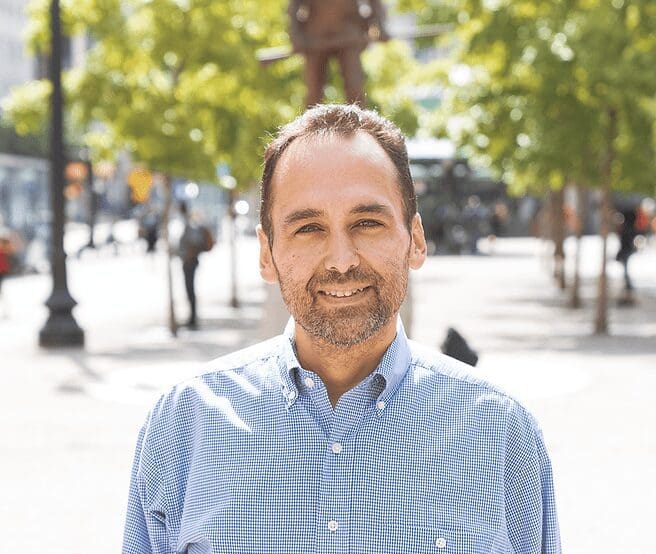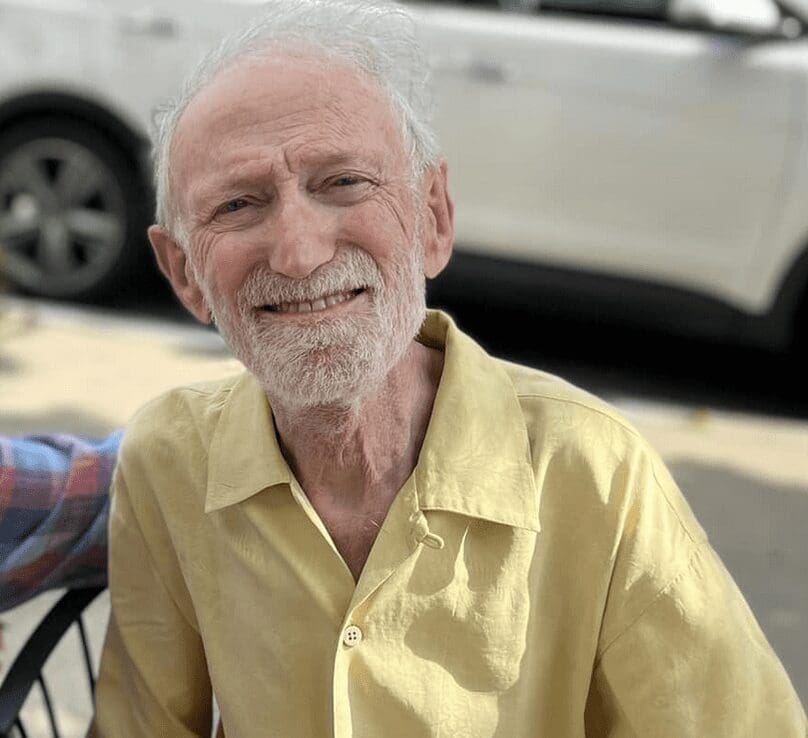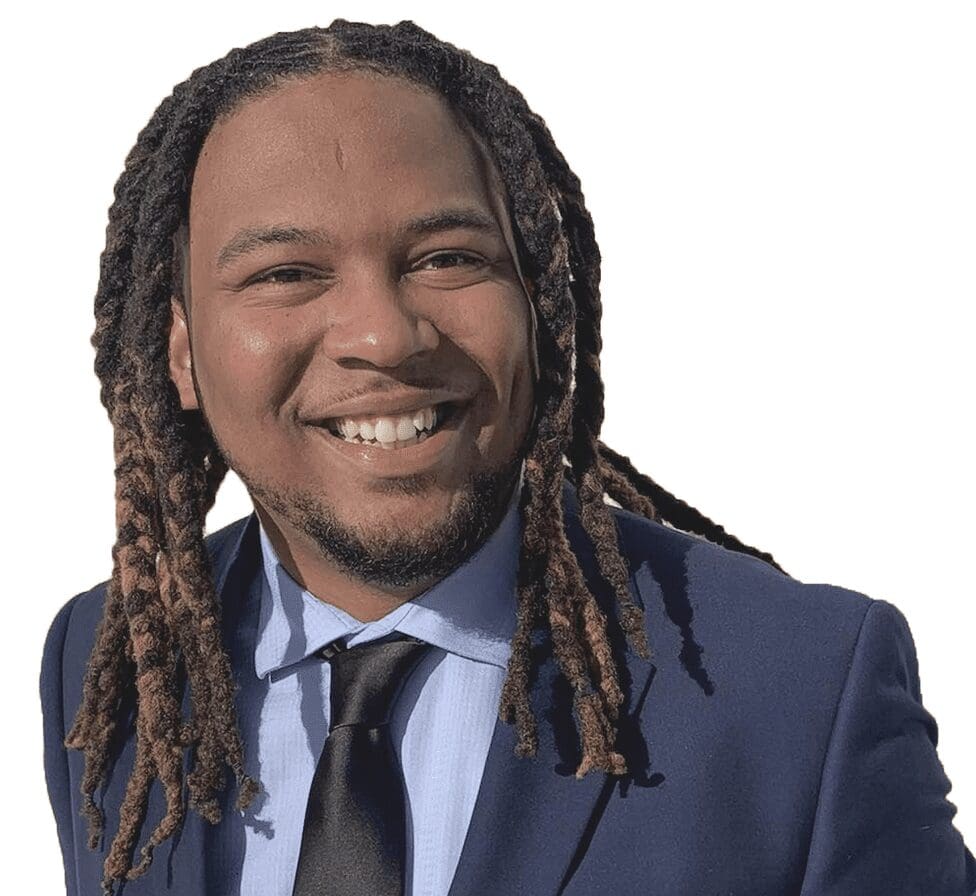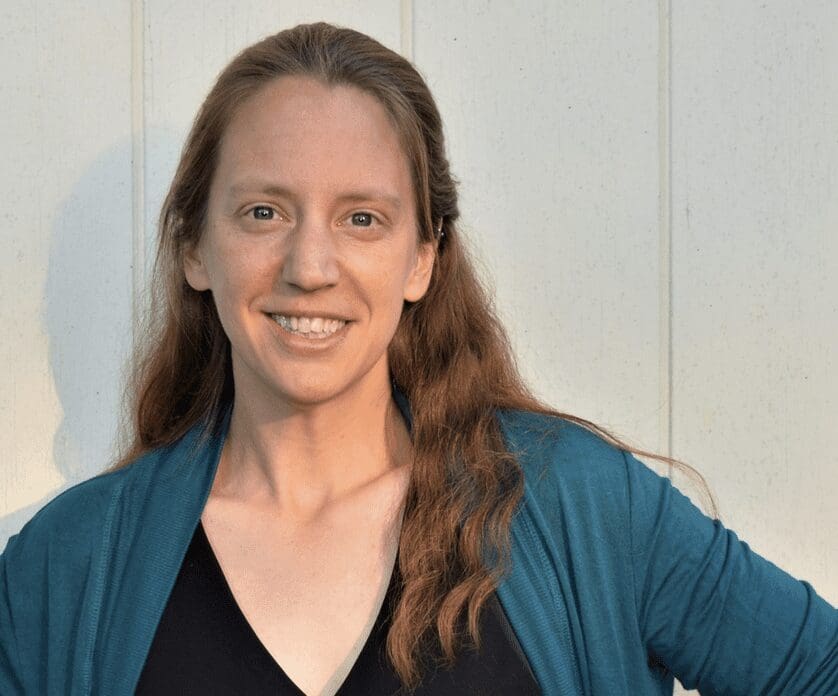Search Posts
Recent Posts
- Rhode Island Weather for May 5, 2024 – John Donnelly May 5, 2024
- Honoring 154 new Eagle Scouts May 5, 2024
- Gimme’ Shelter: Meet John at the Providence Animal Control Center May 5, 2024
- Ask Chef Walter: Mastering Asparagus – Chef Walter Potenza May 5, 2024
- Green Animals Topiary Garden sets its annual plant sale May 5, 2024
Categories
Subscribe!
Thanks for subscribing! Please check your email for further instructions.

Providence Mayoral & Ward 3 candidates shift, clarify positions on Hope Street bike trail
With election scheduled for Tuesday, and in response to requests for what the candidates’ positions were we reached out to three candidates for mayor of Providence, all Democrats, and four candidates running for city council from Ward 3, three Democrats and one independent, to get their views on the controversial bike trail trial on Hope Street scheduled for the first week of October.
We informed all candidates of the issue that has come up of the potential conflict of interest of having the bike advocacy group, the Providence Streets Coalition, administering the test.
Two mayoral candidates, Nirva LaFortune and Gonzalo Cuervo, took the view to let the trial proceed as scheduled without any qualifiers. Brett Smiley, who also supports the trial, nevertheless acknowledged potential problems and vowed to bring all interested parties to the table before signing off on any permanent infrastructure changes.
Of the Ward 3 candidates, Michael Fink, the 88-year-old Independent, is opposed. Bradley VanDerStad, vice president of the Summit Neighborhood Association, has changed his position and now supports bypassing the Hope Street shopping district, while Corey Jones, also a Summit Neighborhood Association board member, and Sue AnderBois have promised more community engagement but wouldn’t criticize the plan.
We reached out again to veteran journalist Roger Schreffler, an East Side resident and homeowner, to assist with this effort.
The candidates’ comments follow:
Brett Smiley

“One of the things that’s concerning to me about the proposal on Hope Street is that I’ve had a chance to talk with businesses that feel their feedback is not being heard. I think the city needs to be willing to make changes based on that feedback and not just go in with ‘This is the plan and we’re going forward regardless of the feedback.’
As mayor, before I would make any permanent infrastructure changes I would take the feedback of all the people involved – business owners, local residents, drivers and cyclists – and be willing to modify the plans to reflect that feedback if it turns out that the plan doesn’t work or if we need to make changes to it.
As for the trial, we can expect a convergence of bike riders onto Hope Street, which will, it is unavoidable, raise questions about the data. Since I wasn’t part of the original decision process, I’m more interested in community feedback.
Nirva LaFortune

Meetings and communications about the seven-day temporary bike trail project trial started almost a year ago. A meeting invitation sharing details about the project was sent to businesses. Some of the owners of the businesses that signed the most recent letter were in attendance (at that meeting).
Since the first meeting, there have been additional meetings; volunteers have visited the various businesses to inform the owners and do data collection. The most recent meeting (in July) was at Rochambeau library, where again many of the businesses listed were in attendance.
This temporary trail project takes place in October and there have been multiple modes of communication to ensure that we inform as many businesses and residents as possible.
The whole point is to collect data to see if there’s any impact on the restaurants, how many people are on the bike lanes, how many people are driving, and how many people are parking or trying to find parking. I want to have a process that’s fair.
I told the business owners that if they feel the group collecting the data (Providence Streets Coalition) is one-sided and they want to collect their own data, that’s fine. And if they don’t think that this group should conduct the survey, I will speak to the planning department and ask them if we should put it out for bids.
Gonzalo Cuervo

I think that having a one-week pilot program is a good idea. If the redesign of Hope Street is as detrimental as people believe it will be, a one-week pilot will demonstrate that.
I’m not exactly sure of the details about when they decided to do a trial on Hope Street, but I think that a one-week trial is not a bad idea and the city needs to be open to really listen. And if it turns out that the one-week trial is a really bad idea, then that’s the end of the proposal.
I agree (that it’s problematic to have an advocacy group doing the work of the city), but multimodal transportation is not a novel idea anymore. Cities across the world and the United States are adopting it. The reality is that there are some cities and streets where it works well, and there are other cities where it doesn’t work well.
I don’t know who (the trial) is being run by, but I will tell you this: All eyes are on it. Let the process play itself through.
Bradley VanDerStad

When I first heard about the trail I was enthusiastic because I’m a cyclist and was excited to be able to use the bike path because I think it will make transit by bicycle on Hope Street safer.
But as I campaigned and talked to neighbors about this, I learned that it’s really not what the community is interested in doing including the bike path taking up parking, business owners’ concerns, snowplowing concerns, etc.
At first I worried that this was just general resistance to change, but as I talked to more people there’s a lot of reasons people are opposed that are very serious and meaningful and we cannot disregard.
I’m now open to the test coming in October, but I am really leaning toward rerouting the bike path around the Hope Street business district and just investing in traffic calming measures like raised crosswalks, some added greenery and widening sidewalks without removing parking.
Michael Fink

I have visited bike paths in Scandinavian countries. But they’re very different from what is being planned here. I am very much in favor of bicycling, but not the way this is being planned.
This is all wrong. It’s an unnecessary punishment for small shop owners. I am outraged at the punishment the small businesses on Hope Street are going to have to take if this passes. I think it is very damaging to the concept of a neighborhood.
I’m also concerned that traffic will be diverted to the side streets making it unsafe there as well.
You also may recall that changes made on Thayer Street almost destroyed the Brown community. You can’t find a place to park at Brown, so I don’t go there anymore.
Corey Jones

I support a pilot program. But for something like this to become permanent, there should be a community-center process in the decision-making that we have to go through in order to get approval. Based on my outreach to voters, people in proximity of the bike trail are mixed in their opposition and support.
That said, plans that impact the community need some type of process that is fair to evaluate where the community stands. I also agree that we should have an independent entity to evaluate the data. I am not an urban planner, but when something is built in front of a home you own or have rented for years, you should be able to interject your views into that process.
With respect to seniors in general and the city’s black-and-brown communities (not limited to the Hope Street project), It seems that seniors are the most left out these days while we need to do more to give the black-and-brown communities the resources so they too can enjoy these bike lanes.
Sue AnderBois

I support more opportunities for active mobility in Providence. Through the city’s Great Streets program, we are building a connected network of safer streets for bikers, scooters and other non-car forms of transportation.
Car transportation is the largest source of carbon emissions in Rhode Island, and we have virtually zero programs or policies to help alleviate that. Many people who do not need or want to drive cars regularly do so because we lack other options.
I am also a big supporter of the businesses on Hope Street. I regularly shop there and encourage others to do so. In cities across the U.S., it is very rare to find a gem like Hope Street with almost entirely locally-owned small businesses—many of of which have owners and staff who live in the surrounding community.
I know that with careful, nuanced decision making and a good process for hearing community input, we can thread the needle for solutions that work for community members of all ages and abilities as well as our small business community.
I led an inclusive stake-holder driven process to create the state’s first-ever food strategy and look forward to the opportunity to engage residents and experts in the design and location of the bike lane.
To follow all our stories on the Hope Street bike trail – go here: https://rinewstoday.com/?s=bike+lanes

These responses show the only person in tune with the evidence of urban infrastructure and climate change is Sue Anderbois.
Very disappointed with Bradley and comments from the others. As someone who lives in this district, this just further cements my support for Sue.